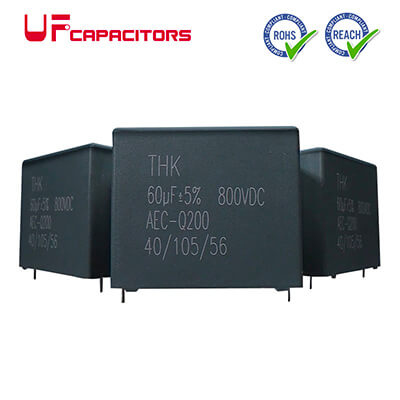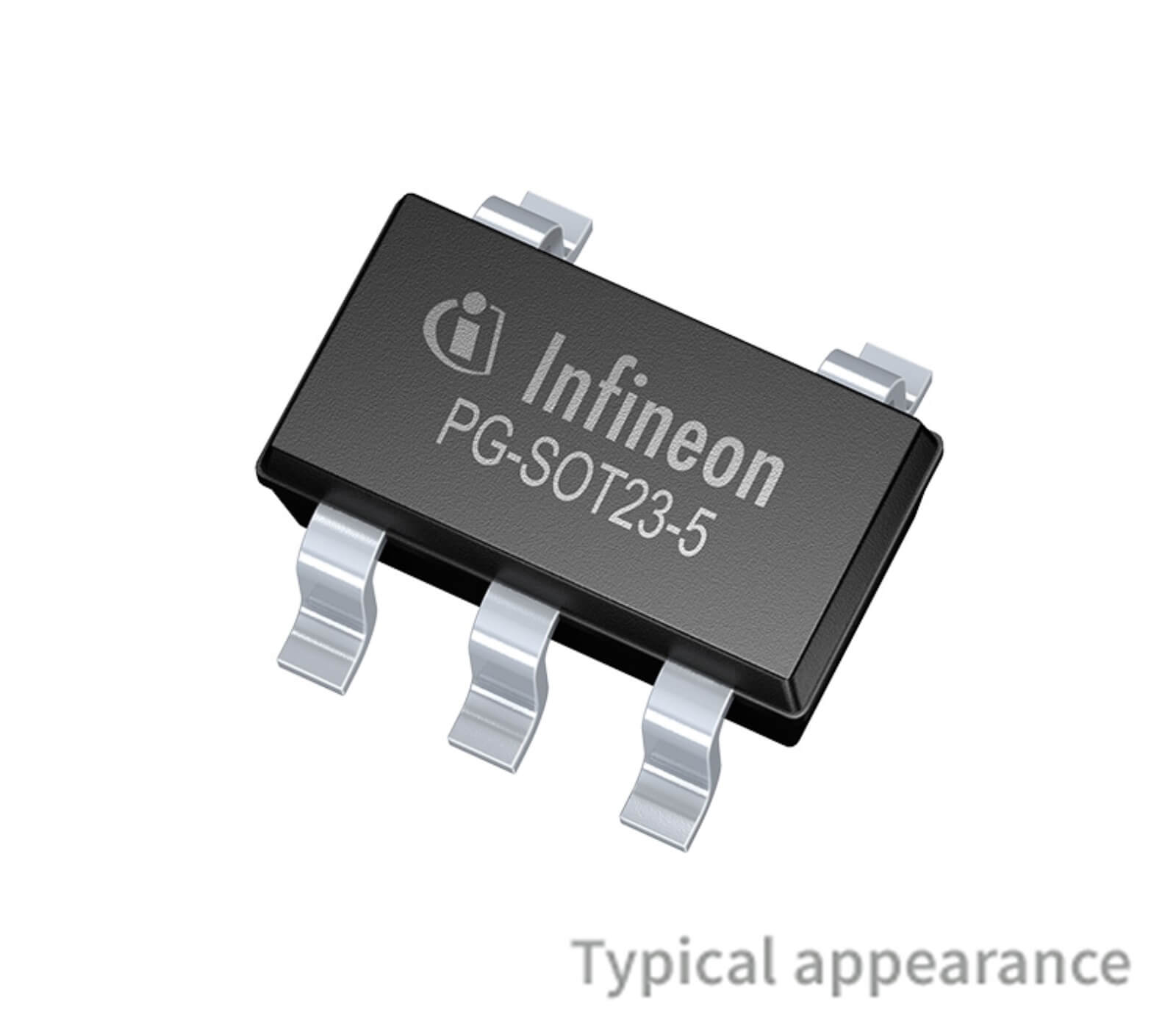Replacing a tantalum capacitor with an electrolytic capacitor is generally possible, but there are some important considerations to keep in mind.

Introduction to Electrolytic Capacitors
Electrolytic capacitors are a type of capacitor widely used in electronics for their ability to store and release electrical charge. They are known for their high capacitance values, which allow them to store larger amounts of charge compared to other types of capacitors. Electrolytic capacitors are used in various applications, from power supply filtering to audio circuits. Here’s an introduction to electrolytic capacitors:
- Basic Structure: Electrolytic capacitors consist of two main components: an anode and a cathode, separated by an electrolyte-soaked material. The anode is usually a metal foil, and the cathode is a conductive material. The dielectric is formed by the electrolyte itself and an oxide layer that builds up on the anode’s surface.
- Polarity: One of the distinctive features of electrolytic capacitors is their polarity. They have a positive terminal (anode) and a negative terminal (cathode). Applying voltage in the wrong polarity can damage or even destroy the capacitor. The positive terminal is usually marked on the capacitor body.
- High Capacitance: Electrolytic capacitors are known for their relatively high capacitance values, often ranging from microfarads to farads. This high capacitance allows them to store a significant amount of charge, making them useful in applications where charge storage is essential.
- Voltage Ratings: Electrolytic capacitors come with voltage ratings that indicate the maximum voltage they can handle without breaking down. It’s crucial to choose a capacitor with a voltage rating that exceeds the maximum voltage in the circuit.
- Equivalent Series Resistance (ESR): Electrolytic capacitors exhibit a property called Equivalent Series Resistance (ESR), which represents the internal resistance of the capacitor. ESR can impact their performance, especially at high frequencies.
- Applications: Electrolytic capacitors are commonly used in power supply filtering, decoupling, coupling, audio circuits, and various electronics applications that require larger capacitance values. They are often found in electronic devices such as TVs, amplifiers, computer motherboards, and power supplies.
- Types: There are two main types of electrolytic capacitors: aluminum electrolytic capacitors and tantalum electrolytic capacitors. Aluminum electrolytic capacitors are more common and widely used. Tantalum electrolytic capacitors offer similar characteristics but are known for their smaller size and better high-frequency performance.
- Temperature and Lifespan: Electrolytic capacitors can be sensitive to temperature variations, and their lifespan can be affected by operating conditions. They might have a limited lifespan compared to other types of capacitors.
- Replacement Considerations: When replacing electrolytic capacitors, ensure that the replacement capacitor has similar specifications, including capacitance, voltage rating, and polarity.
Introduction to tantalum capacitor
A tantalum capacitor is a type of electrolytic capacitor that uses tantalum metal for its anode, offering unique characteristics that make it suitable for specific applications. Tantalum capacitors are known for their high capacitance per volume ratio, stability, and reliability. Here’s an introduction to tantalum capacitors:
- Construction: Tantalum capacitors consist of a tantalum metal anode covered with a thin insulating layer of tantalum oxide (Ta2O5). This oxide layer serves as the dielectric material, and a conductive cathode material is placed on the opposite side of the oxide layer. This construction enables high capacitance values in a compact package.
- Polarity: Similar to other electrolytic capacitors, tantalum capacitors are polarized, meaning they have a positive and negative terminal. Applying voltage in the wrong polarity can cause damage. The positive terminal is usually marked on the capacitor body.
- High Capacitance: Tantalum capacitors offer relatively high capacitance values per unit volume, making them suitable for applications requiring significant charge storage in a small form factor.
- Stable Characteristics: Tantalum capacitors exhibit stable electrical properties over time and temperature variations, which is crucial for applications requiring consistent performance.
- Voltage Ratings: Tantalum capacitors come in various voltage ratings to accommodate different applications. It’s important to select a capacitor with a voltage rating that exceeds the maximum voltage in the circuit.
- Equivalent Series Resistance (ESR): Tantalum capacitors generally have low ESR, making them suitable for applications requiring low impedance and high-frequency response.
- Applications: Tantalum capacitors are commonly used in electronic circuits for power supply decoupling, bypassing, filtering, and timing circuits. They are often found in portable electronics, telecommunications equipment, medical devices, and industrial applications.
- Types: Tantalum capacitors are primarily divided into two types: tantalum bead capacitors and surface-mount tantalum capacitors. Surface-mount types are more common in modern electronics due to their compact size and ease of integration.
- Temperature and Lifespan: Tantalum capacitors can operate across a range of temperatures and exhibit stable characteristics. However, like all components, they have a finite lifespan and may degrade over time.
- Cautions: Tantalum capacitors are sensitive to voltage spikes and reverse voltage, which can lead to failure. Proper voltage derating and adherence to polarity are essential to prevent damage.
Tantalum capacitors offer an effective solution for applications requiring high capacitance in a small space while maintaining stable performance. Understanding their characteristics and usage guidelines is crucial to making informed choices in circuit design and component selection.
replace a tantalum capacitor with an electrolytic
Replacing a tantalum capacitor with an electrolytic capacitor can be done, but it requires careful consideration of various factors to ensure proper operation and reliability of the circuit. Here’s a step-by-step guide to help you through the process:
- Identify the Specifications: Before replacing the tantalum capacitor, note down its specifications including capacitance value, voltage rating, and physical size.
- Choose an Electrolytic Capacitor: Look for an electrolytic capacitor that matches or closely matches the specifications of the tantalum capacitor. Consider the following:
- Capacitance: Select an electrolytic capacitor with similar or higher capacitance value.
- Voltage Rating: Choose an electrolytic capacitor with a voltage rating equal to or higher than the original tantalum capacitor’s voltage rating.
- Physical Size: Make sure the electrolytic capacitor fits within the available space on the PCB.
- Polarity: Check the polarity of the tantalum capacitor and make sure the replacement electrolytic capacitor has the same polarity markings. Electrolytic capacitors are also polarized, so matching the polarity is essential.
- Equivalent Series Resistance (ESR): Consider the ESR of both capacitors. Tantalum capacitors generally have lower ESR than electrolytic capacitors. If the circuit requires low ESR, try to find an electrolytic capacitor with lower ESR.
- Installation: Remove the original tantalum capacitor from the circuit carefully, making sure not to damage any surrounding components or the PCB traces. Install the electrolytic capacitor in its place, ensuring correct polarity and proper soldering.
- Testing: After replacing the capacitor, power on the circuit and observe its behavior. Check for any abnormal heating or performance issues. If the circuit operates as expected, you’ve likely successfully replaced the tantalum capacitor.
- Long-Term Reliability: Keep in mind that tantalum capacitors and electrolytic capacitors have different reliability profiles. Tantalum capacitors are known for their stability and performance, while electrolytic capacitors might have different characteristics.
- Circuit Analysis: If the circuit is sensitive to factors like ESR, frequency response, or stability, consider if these aspects might be affected by the replacement. Consult the circuit’s schematic and documentation to assess potential impacts.
- Consultation: If you’re uncertain about the replacement process, consider seeking advice from experienced electronics engineers or technicians.
Discover related topics:
What is the difference between tantalum and normal capacitors?
How to identify tantalum capacitor?
Conclusion
While you can replace a tantalum capacitor with an electrolytic capacitor, it’s important to carefully analyze the circuit’s requirements and the specifications of the original and replacement capacitors to ensure proper functionality and reliability. If in doubt, consulting with an electronics engineer or using manufacturer guidelines can help you make an informed decision.




